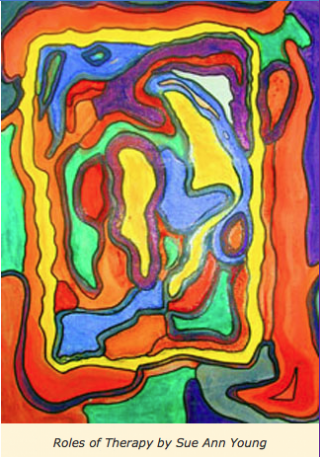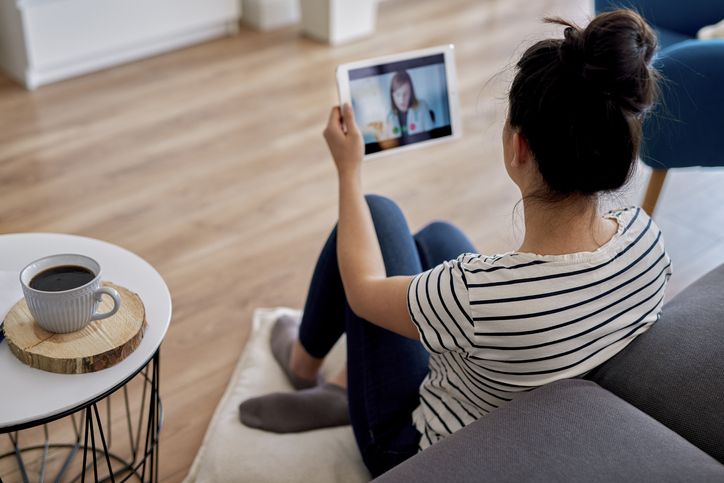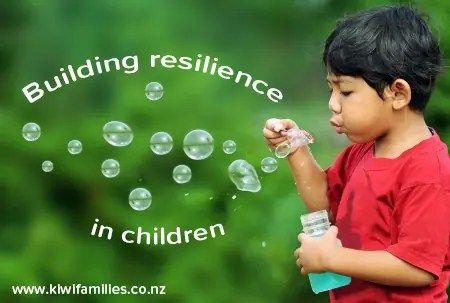Art has long been recognized as a powerful medium for self-expression and emotional healing. Through the process of creating art, individuals can tap into their innermost thoughts and emotions, providing a therapeutic outlet for processing and understanding feelings. Art therapy, a form of psychological therapy, utilizes this inherent power of art to promote emotional well-being and provide individuals with a unique means of communication.
What is Art Therapy?
Art therapy is a specialized form of psychotherapy that integrates the creative process of making art with traditional psychotherapeutic techniques. It is led by trained professionals who help clients explore their emotions, reconcile emotional conflicts, develop self-awareness, and enhance personal growth. This unique form of therapy recognizes that art can serve as a visual language that surpasses verbal communication, offering individuals a safe and non-threatening way to express themselves.
Expressive Arts Techniques
Art therapy encompasses a range of expressive arts techniques including drawing, painting, sculpting, collage, and even photography. Through these mediums, clients can engage in a process that promotes self-discovery, emotional release, and personal transformation. Additionally, art therapy often incorporates other creative activities such as writing, movement, and music to further enhance the therapeutic experience.
The Benefits of Art Therapy
Art therapy has proven to be exceptionally beneficial for individuals of all ages and backgrounds. It offers them a safe space for exploring and expressing complex emotions, as well as a means of developing valuable coping mechanisms. Some key benefits of art therapy include:
1. Emotional Release:
Creating art allows individuals to tap into their emotions and release pent-up feelings. This process can be cathartic, providing a sense of relief and emotional release.
2. Self-Exploration:
Art therapy encourages individuals to reflect on their artwork, providing insights into their own thoughts, feelings, and experiences. It creates a space for self-exploration and personal growth.
3. Stress Reduction:
Engaging in the creative process offers a calming and meditative experience, reducing stress levels and promoting relaxation. Art therapy can be an effective tool for managing anxiety and alleviating stress.
4. Increased Self-Esteem:
Creating art and receiving positive feedback from an art therapist can boost individuals’ self-esteem and self-worth. Art therapy focuses on the process rather than the end result, emphasizing personal growth rather than artistic skill.
5. Improved Communication:
For individuals who struggle with verbal expression, art becomes a powerful communication tool. Art therapy allows them to communicate their thoughts, feelings, and experiences with others in a visual and tangible manner.
Who Can Benefit from Art Therapy?
Art therapy is not limited to a specific age group or population. It can benefit individuals facing a wide range of emotional and psychological challenges, such as:
1. Children and Adolescents:
Children and adolescents often find it difficult to express complex emotions verbally. Art therapy offers them a non-threatening means of self-expression, helping them navigate challenges, build resilience, and develop effective coping strategies.
2. Individuals with Mental Health Conditions:
Art therapy has shown great promise in helping individuals with mental health conditions, including depression, anxiety disorders, post-traumatic stress disorder (PTSD), and schizophrenia. It provides them with an alternative outlet for expressing and processing their emotions.
3. Individuals Dealing with Trauma:
Art therapy can be particularly effective in addressing trauma. It allows individuals to explore and process traumatic experiences at their own pace, assisting in the healing and recovery process.
4. Older Adults:
Art therapy can be beneficial for older adults who may be facing issues such as loneliness, grief, or cognitive decline. Engaging in the creative process can provide them with a renewed sense of purpose, joy, and connection.
Conclusion
Art therapy offers a unique and powerful avenue for emotional healing and personal growth. By engaging in various expressive arts techniques, individuals can find relief, insight, and new ways of communicating their innermost thoughts and feelings. Whether it be through painting, drawing, or other creative mediums, art therapy has the potential to transform lives and promote emotional well-being.




